Life
Sign up for our newsletter
We summarize the week's scientific breakthroughs every Thursday.
-
 Microbes
MicrobesGut microbes signal when dinner is done
Helpful E. coli bacteria that live in the guts of animals produce proteins that can decrease an animal’s appetite only 20 minutes after receiving nutrients
-
 Plants
PlantsConifer ancestors had a double dose of DNA
The genomes of conifers — pine, cypress and yew trees — doubled twice in the distant past.
-
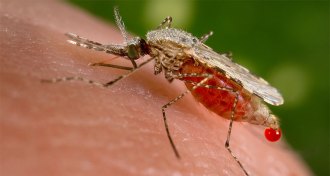 Genetics
GeneticsMosquitoes engineered to zap ability to carry malaria
Researchers have created a gene drive that prevents mosquitoes from carrying malaria.
-
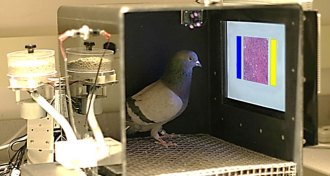 Animals
AnimalsFive species that show why ‘bird brain’ is a stupid phrase
Birds can use tools, make art and understand human language. Why do we assume they are stupid?
-
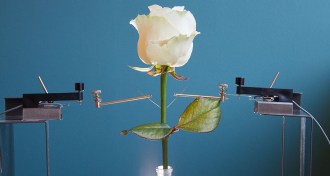 Plants
PlantsRoses rigged with electrical circuitry
Bioelectric molecules can form wires and conduct electricity in cut roses, researchers find.
-
 Life
LifeMany Amazon trees endangered
Large numbers of Amazon tree species are threatened by deforestation.
-
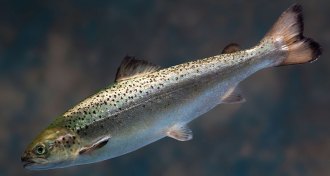 Science & Society
Science & SocietyGenetically modified salmon gets approval in U.S.
Fast-growing salmon become first genetically engineered animals approved for human consumption.
-
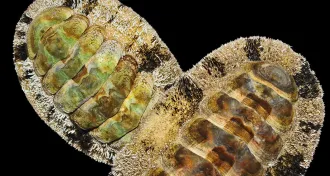 Animals
AnimalsHow to see with eyes made of rock
Tiny mollusk eyes in chiton armor can pick up rough images.
By Susan Milius -
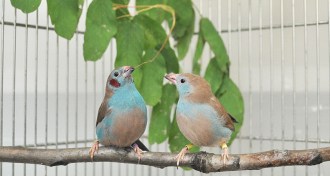 Animals
AnimalsAdorable birds tap dance their way into the heart of a mate
Blue-capped cordon-bleu songbirds not only sing, but also tap dance to woo mates, study reveals.
-
 Health & Medicine
Health & MedicineA good diet for you may be bad for me
Eating the same foods can produce very different reactions in people.
-
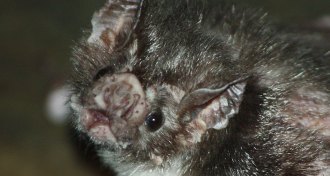 Animals
AnimalsVampire bats share blood to make friends
Vampire bats that share blood with nonrelatives have a wider social network to rely on when they’re in need, a new study finds.
-
 Animals
AnimalsGetting creative to cut methane from cows
Changing feed, giving vaccines and selective breeding may enable scientists to help beef and dairy cattle shake their title as one of society's worst methane producers.
By Laura Beil